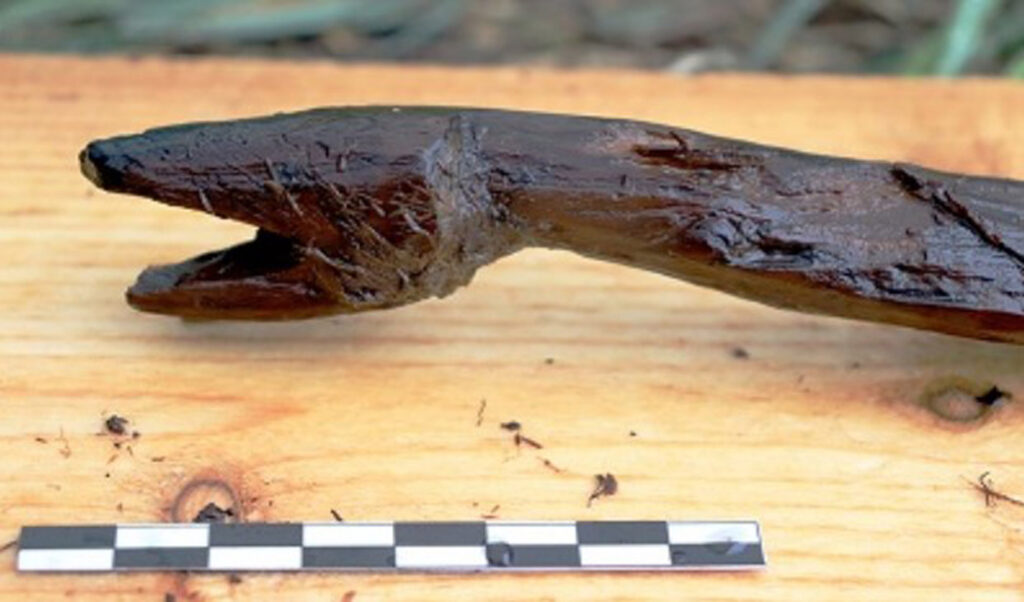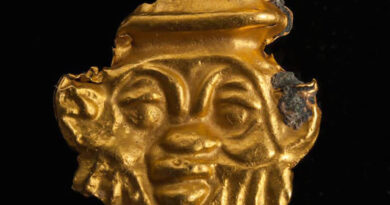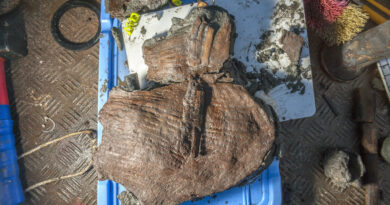Scientists Find 4000 Year Old Serpent Staff Probably Used By Stone Age Shaman
Finnish archaeologists have found a 4,000-year-old serpent staff possibly used by a Stone Age shaman for ritual purposes.
In cooperation with the Finnish Heritage Agency, scientists from the University of Turku and researchers from the University of Helsinki unearthed the wooden staff at the Jarvensuo 1 archaeological site on the shores of Rautajarvi Lake in south-western Finland.
The site was accidentally discovered by ditch diggers in the 1950s and ongoing excavations first started in 2019.

In recent years, several well-preserved artefacts have been found at the site including a wooden ladle with the handle of a bear’s head.
The recently-found serpent staff is half a metre long and may have been used by a shaman for rituals during the Stone Age, according to experts.
Despite the ancient Pit-Comb Ware Culture depicting snakes in cave carvings, archaeologists said the discovery of the staff is unlike another other wooden item from Neolithic Northern Europe.

Dr Antti Lahelma, who works at the University of Helsinki, said: “There seems to be a certain connection between snakes and people, this brings to mind northern shamanism of the historical period, where snakes had a special role as spirit-helper animals of the shaman.”
As well as the serpent staff, scientists also found other wooden artefacts such as cooking utensils, fishing equipment, and structural remains.
Jarvensuo researcher Dr Satu Koivisto said: “Well-preserved finds from the wetlands help our understanding of ancient peoples and the landscape where they performed both mundane and sacred activities.”

He added that drainage works and changing environmental conditions heightened by climate change are placing the ancient site at risk: “The signs of destruction caused by extensive drainage are already clearly evident at the site, and its organic treasures are no longer safe.”



